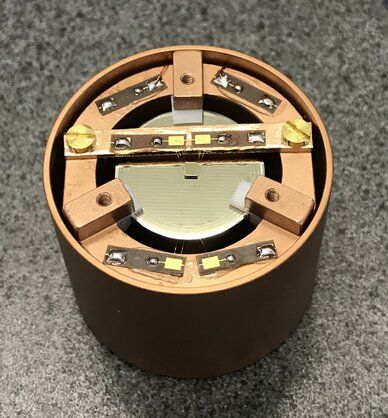Cosmological observations and measurements collected in the past suggest that ordinary matter, which includes stars, galaxies, the human body and countless other objects/living organisms, only makes up 20% of the total mass of the universe. The remaining mass has been theorized to consist of so-called dark matter, a type of matter that does not absorb, reflect or emit light and can thus only be indirectly observed through gravitational effects on its surrounding environment.
While the exact nature of this elusive type of matter is still unknown, in recent decades, physicists have identified many particles that reach beyond the standard model (the theory describing some of the main physical forces in the universe) and that could be good dark matter candidates. They then tried to detect these particles using two main types of advanced particle detector: gram-scale semiconducting detectors (usually made of silicon and used to search for low-mass dark matter) and ton-scale gaseous detectors (which have higher energy detection thresholds and are better suited to perform high-mass dark matter searches).
The EDELWEISS Collaboration, a large group of researchers working at Université Lyon 1, Université Paris-Saclay and other institutes in Europe, recently carried out the first search for Sub-MeV dark matter using a germanium(Ge)-based detector. While the team was unable to detect dark matter, they set a number of constraints that could inform future investigations.










Comments are closed.